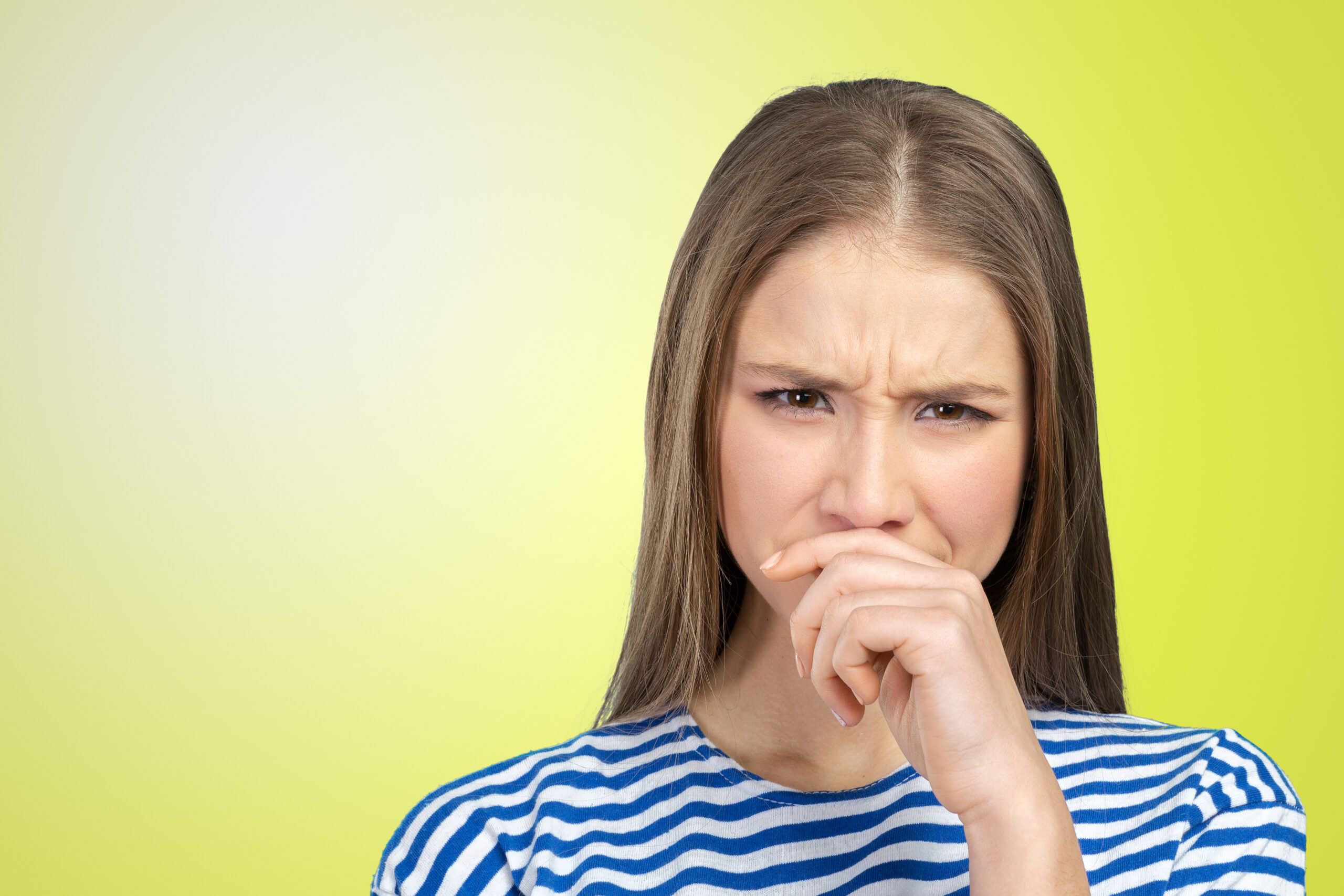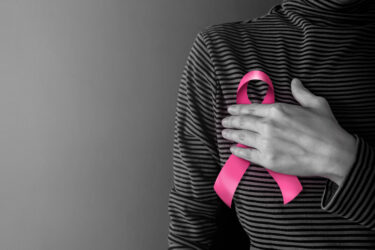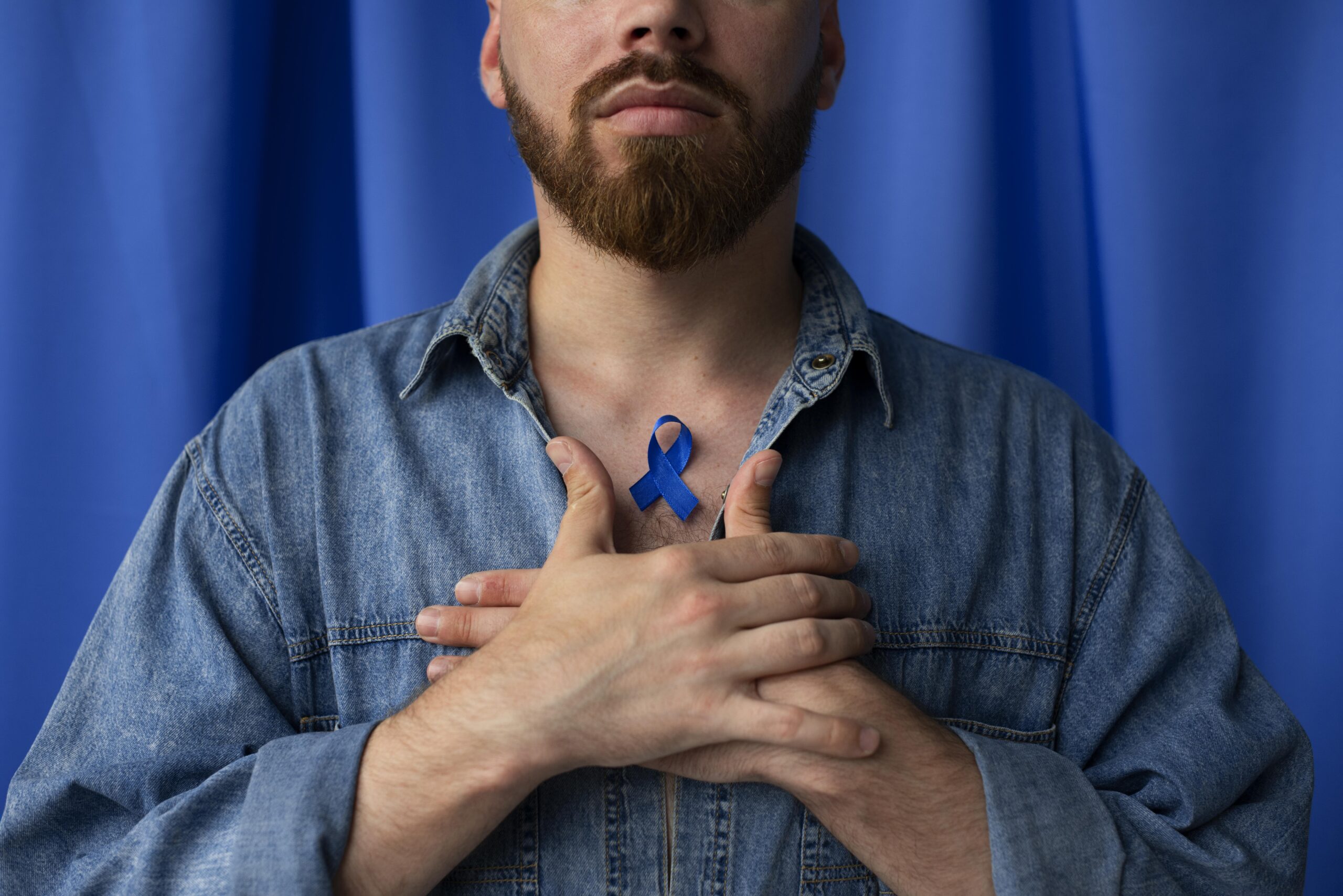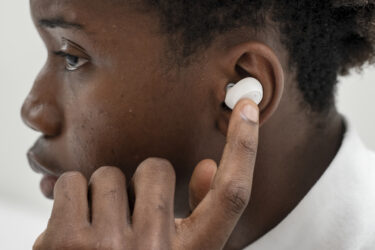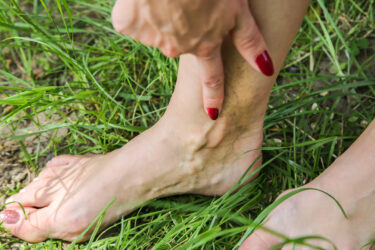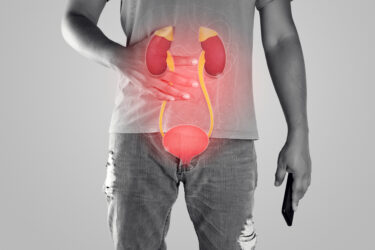Hyperhidrosis is a skin condition marked by excessive sweating. Patients suffering from this disorder often get soaked in sweat due to no apparent reason. Such an episode occurs at least once a week, mainly during the day. Treatment can help control the problem, although it’s important to know the type of hyperhidrosis the patient has before proceeding. This article takes you through the different types of hyperhidrosis and how they’re treated.
Types of hyperhidrosis
Hyperhidrosis is of two types — primary focal hyperhidrosis and secondary generalized hyperhidrosis.
- Primary focal hyperhidrosis
This is the common type of hyperhidrosis. Patients suffering from it sweat excessively due to no reason, and the problem usually begins in childhood or after puberty. It occurs because the nerves responsible for signaling your sweat glands become overactive, causing the glands to release sweat without any trigger. Experts aren’t sure about the cause. This condition could be inherited.
Patients suffering from primary focal hyperhidrosis will experience excessive sweating at least once a week but not while sleeping. The palms and soles, and sometimes even the face, is normally affected due to this type of hyperhidrosis. - Secondary generalized hyperhidrosis
This is the less common type of hyperhidrosis. It is caused due to an underlying medical disorder or a side effect of a medication. So it isn’t inherited like the former, and the sweating happens on a larger scale. Patients experience sweat all over the body and not just at a few places. In this type of hyperhidrosis, the patients sweat even during the night.
The symptoms usually begin in adulthood. Medical conditions like diabetes, low blood sugar, heart attack, and some types of cancer are often the reason behind the onset of secondary generalized hyperhidrosis.
Treatment of hyperhidrosis
Your doctor will first conduct a medical examination to evaluate your symptoms. He/she may recommend a blood, urine, or other lab test to understand the reason for excessive sweating. Sweat tests, like the iodine-starch test, might also be conducted. Once the type of hyperhidrosis is diagnosed, the following treatment methods are advised:
- Medications
Various types of medications can help control excessive sweating. Prescription antiperspirant, prescription creams, and nerve-blocking medications are all useful against hyperhidrosis. Antidepressants also have the same potential. - Microwave therapy
Although expensive, microwave therapy is quite effective at controlling hyperhidrosis. In this treatment method, a device that delivers microwave energy is used to destroy the sweat glands that are responsible for releasing extra sweat. Side effects like skin irritation and pain during urination are possible. - Endoscopic thoracic sympathectomy
This procedure is aimed at tackling the spinal nerves that control the sweating in your hands. The surgeon cuts or clamps the sympathetic nerve in the thoracic region, which reduces excessive sweating.
Types of hyperhidrosis
Hyperhidrosis is of two types — primary focal hyperhidrosis and secondary generalized hyperhidrosis.
- Primary focal hyperhidrosis
This is the common type of hyperhidrosis. Patients suffering from it sweat excessively due to no reason, and the problem usually begins in childhood or after puberty. It occurs because the nerves responsible for signaling your sweat glands become overactive, causing the glands to release sweat without any trigger. Experts aren’t sure about the cause. This condition could be inherited.
Patients suffering from primary focal hyperhidrosis will experience excessive sweating at least once a week but not while sleeping. The palms and soles, and sometimes even the face, is normally affected due to this type of hyperhidrosis. - Secondary generalized hyperhidrosis
This is the less common type of hyperhidrosis. It is caused due to an underlying medical disorder or a side effect of a medication. So it isn’t inherited like the former, and the sweating happens on a larger scale. Patients experience sweat all over the body and not just at a few places. In this type of hyperhidrosis, the patients sweat even during the night.
The symptoms usually begin in adulthood. Medical conditions like diabetes, low blood sugar, heart attack, and some types of cancer are often the reason behind the onset of secondary generalized hyperhidrosis.
Treatment of hyperhidrosis
Your doctor will first conduct a medical examination to evaluate your symptoms. He/she may recommend a blood, urine, or other lab test to understand the reason for excessive sweating. Sweat tests, like the iodine-starch test, might also be conducted. Once the type of hyperhidrosis is diagnosed, the following treatment methods are advised:
- Medications
Various types of medications can help control excessive sweating. Prescription antiperspirant, prescription creams, and nerve-blocking medications are all useful against hyperhidrosis. Antidepressants also have the same potential. - Microwave therapy
Although expensive, microwave therapy is quite effective at controlling hyperhidrosis. In this treatment method, a device that delivers microwave energy is used to destroy the sweat glands that are responsible for releasing extra sweat. Side effects like skin irritation and pain during urination are possible. - Endoscopic thoracic sympathectomy
This procedure is aimed at tackling the spinal nerves that control the sweating in your hands. The surgeon cuts or clamps the sympathetic nerve in the thoracic region, which reduces excessive sweating.
